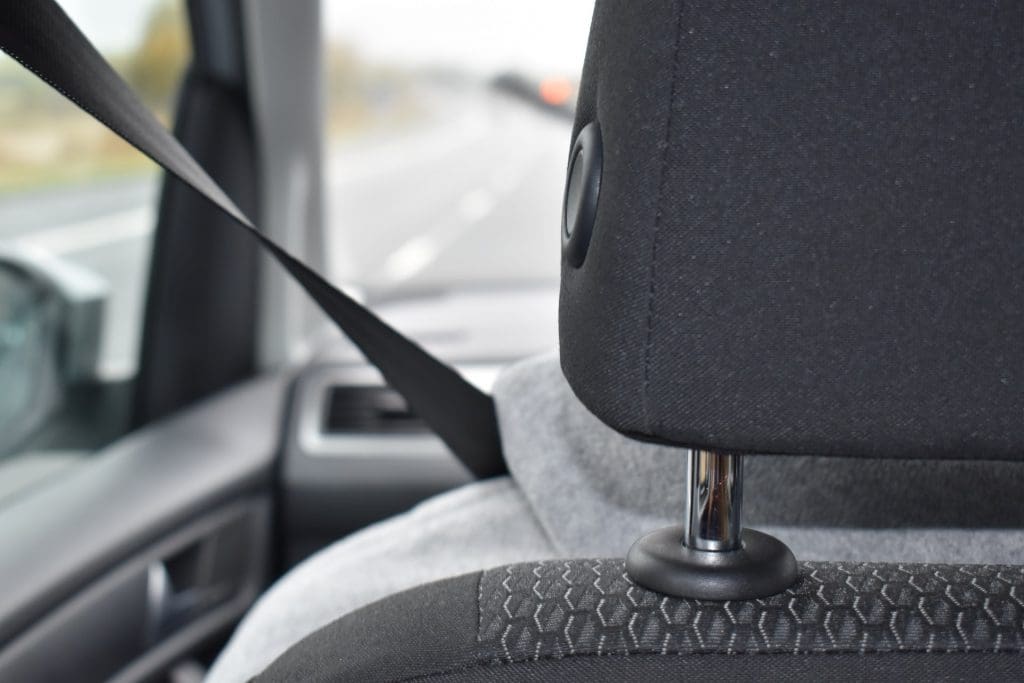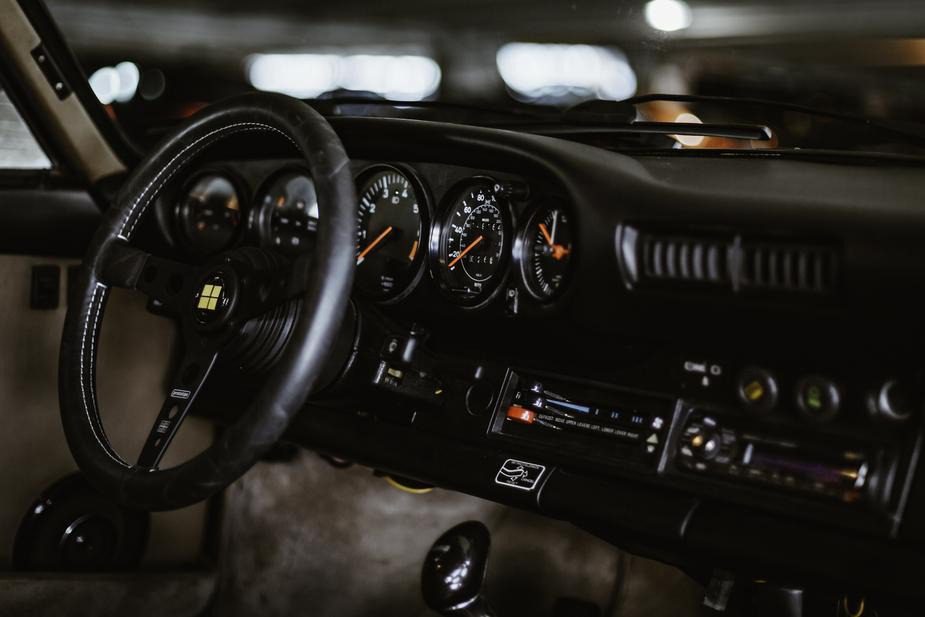Technology is the driving force of change and innovation in our society, shaping the way we travel, shop, and live. While it has a huge impact on pretty much every industry, it particularly affects the automotive industry. Being a constantly changing and evolving presence means that technology is always improving our cars, trucks, and transportation systems. So let’s look a little deeper into how technology changes and continues to change the automotive industry.
Table of Contents
Automation
We’re no strangers to the automation of most manufacturing industries. And the automotive industry is no exception. Numerous processes have been automated in many production processes, making production lines all the more efficient. But what we’ve also seen is that automation has been introduced into how we use our vehicles.
From the business perspective, automation has made things like fleet management solutions possible that can provide insights into not only how our fleets operate but take action, too, saving us time and money in the long run.
In terms of consumers, automation has revolutionized the experience of driving and using vehicles. Built-in tech means that drivers have access to a supercomputer as they drive, providing insights on vehicle health and efficiency, as well as tools like cruise control.
As we look to the future of automation, self-driving cars and trucks are already here, so who knows, we might not even need to have a license soon!
Artificial Intelligence
Artificial intelligence is another innovation that provides consumers with a new way to drive. And this is because of the way that artificial intelligence personalizes services. Users can get individual insights based on their usage and consumer habits that make them feel valued and catered for and boost the company’s reputation.
And if you use a ridesharing app like Uber or Lyft, you’re directly interacting with artificial intelligence. So those recommendations and suggestions based on your usage of transportation come directly from smart tech to improve your experience and encourage you to use it more.
Artificial intelligence is set to only become bigger and better, and especially in the automotive industry.
Production and Manufacturing
Technology has been present in the manufacturing side of the automotive industry for much longer than things like automation. Decades ago, production lines used all manual workers that meant that the production of a vehicle would take a significantly longer period of time than it does now. The introduction of automation within production lines meant that mass manufacturing became possible, and therefore the price of vehicles was able to be lowered.
It also reduced the amount of human error, making each vehicle more efficient and safe. Today, technology is continuing to streamline production and manufacturing.
Innovation and Integration
Industries like the automotive industry are in constant cycles of innovation, with new ways to pay, use and develop vehicles being discovered each year. A few of the highlights of new innovations are the integration of different transportation services and applications. For example, the vast majority of drivers use some form of a map app, whether it’s Google Maps, Waze, or Apple Maps, when driving to a new destination or navigating a route with traffic. It’s not uncommon to now see cars that have onboard computers integrated with navigation software to eliminate the need to connect your cell phone to your car.
Another thing that we all tend to do in the car is listening to music. Technology has allowed the integration of music services and vehicles. For example, Apple’s CarPlay allows you to connect your device to the onboard computer and do things like charging your phone.
The integration of different services that many consumers use in the travel or transportation process only further streamlines how we use vehicles and makes things much easier. And we have the technology to thank for that.
Safety
Perhaps one of the most important aspects of a user’s experience with a vehicle is safety. This has been at the forefront of manufacturers’ minds since they started developing vehicles. Passenger safety has come a long way with the introduction of technology to the automotive industry.

We can see the impact of safety developments on the vehicles we drive, with parking sensors, cameras, and lane-alignment tech all helping us navigate the roads. Many cars nowadays are even fitted with dash cams so that you’re covered in the event of an incident or accident.
In terms of passenger safety, there are sensors fitted in many cars to assure that all passengers are wearing seat belts. Even the way our cars are manufactured now is to maximize safety in a crash. To help keep drivers alert and awake on the road, some vehicles even have programs you can run that use sound, air conditioning, and other tools to help maintain a sense of awareness while driving.
For transportation services like ridesharing or taxis, many precautions have been taken to ensure the safety of both drivers and passengers. For example, passengers have the option to let a loved one know where they are, and live location tracking provides peace of mind that you will arrive at your destination safely. Likewise, many drivers will install dash cams to support them with any difficult or abusive customers.
It’s never been safer to drive, or ride in, a vehicle, with technology helping us all to be more secure on the roads.
Environmental Developments
The automotive industry is one of the largest pollutants on our planet, and the amount of carbon emissions and natural resources this industry uses up has been a huge concern for decades. However, technology has again provided a turning point for the automotive industry to look towards a greener future. The development of electric vehicles looks set to be the future of driving and ridesharing technology that has driven car ownership down in recent years. With new developments and eco-friendly laws, technology is our greatest hope for the environmentally friendly future of the automotive industry.
Technology is still changing the way we live, and when it comes to the automotive industry, we’ll be seeing innovations and improvements for decades to come.
Featured Photo by Matthew Henry from Burst




